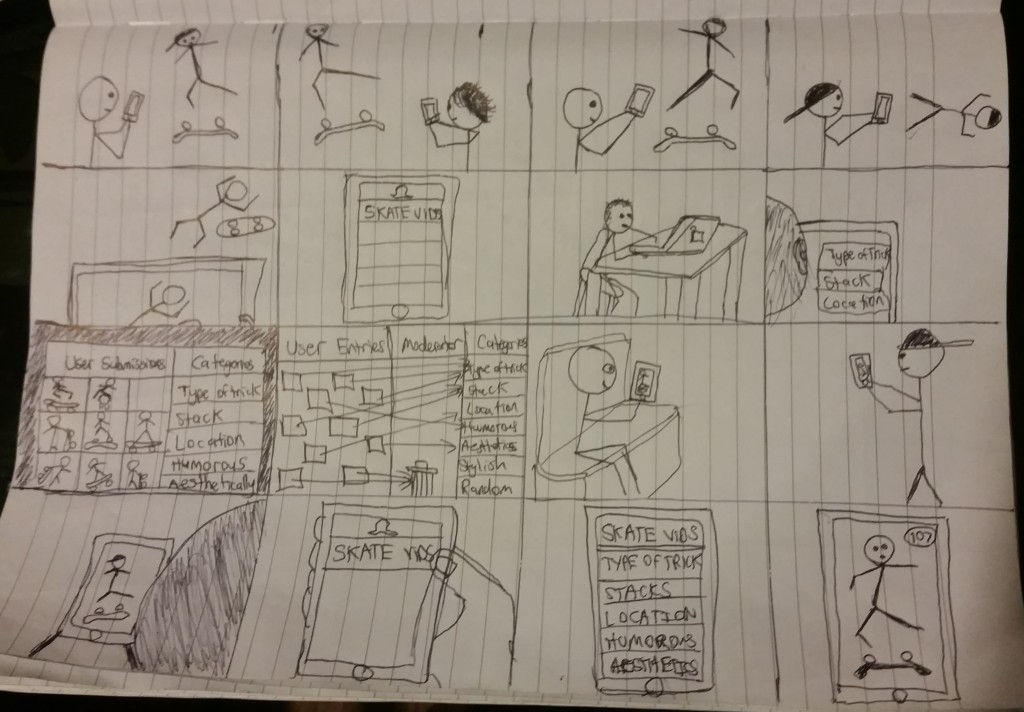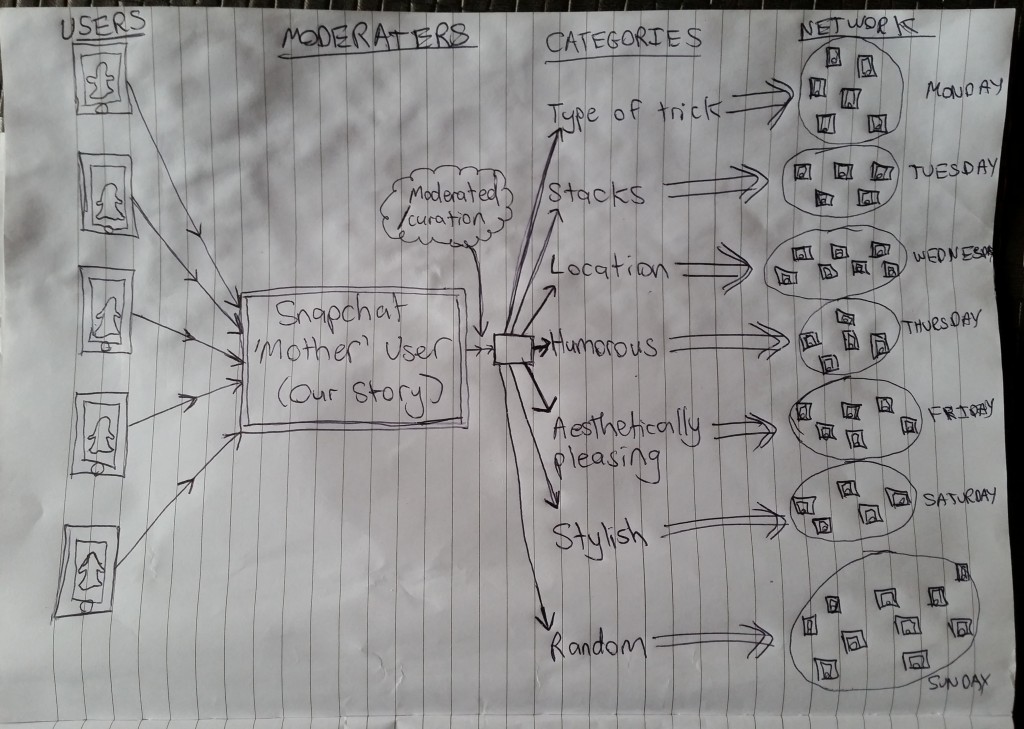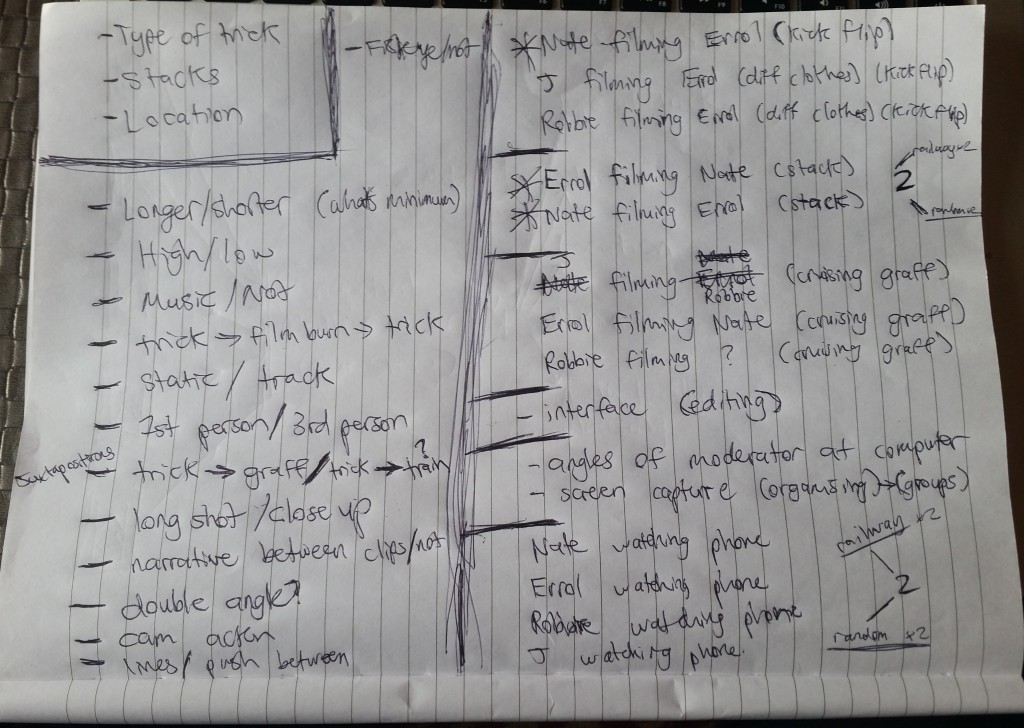Today’s studio was a self-directed feedback session in which we could share ideas with the class or show any progress on either the portfolio or project 4 for comments and feedback. Since receiving thorough feedback last Friday which we were going to implement into filming project 4 on Wednesday, we didn’t have a whole to share in regards to project 4. In general, Errol and I felt quite prepared for our presentation on Friday and although the success of Wednesday will determine this more accurately, we had drafted our work to Seth and the class on multiple occasions tot he point that it was clear in our head, enabling the video production stage and presentation writing to occur quickly.
So in regards to today’s feedback session, fortunately I had actually started working on the portfolio over the weekend and used the time during today’s studio to ask Seth questions about that. He helped clarify a few questions I had about the structuring of the portfolio and I will attempt to get a draft in before the final submission next week. On top of that, we planned how we would collate a highlight video of each student’s prototype for the Media Exhibition in week 14. Since producing a class highlight reel is mine and Errol’s contribution to the preparation for the Exhibition, we decided using dropbox would probably be the most viable way of collecting everyone’s material. We would use Seth’s less restricted dropbox account and do a test this week to indicate whether it would work for our purposes.


